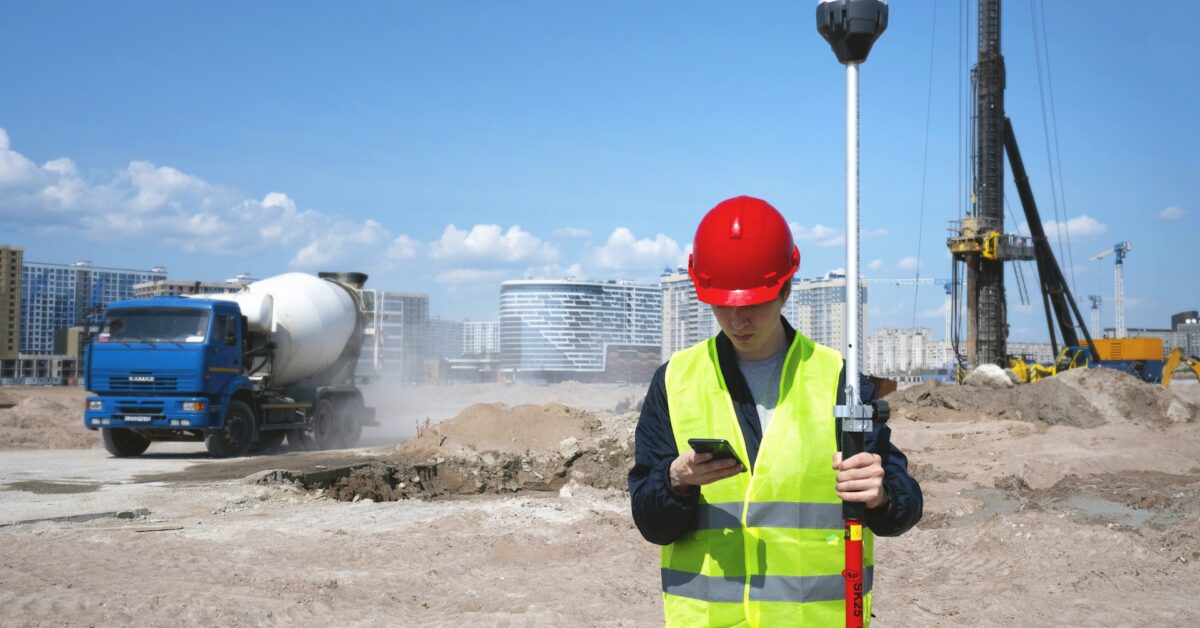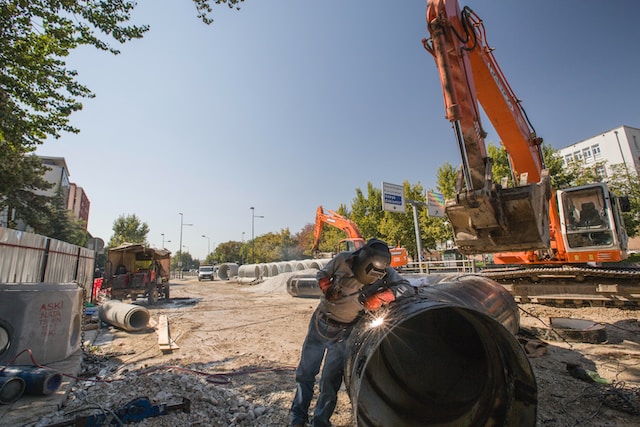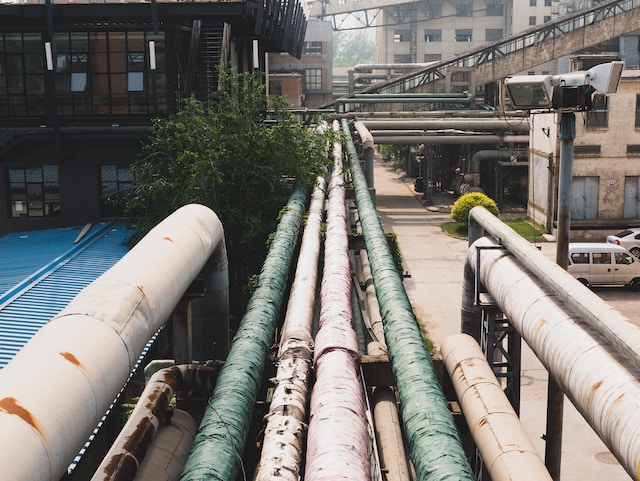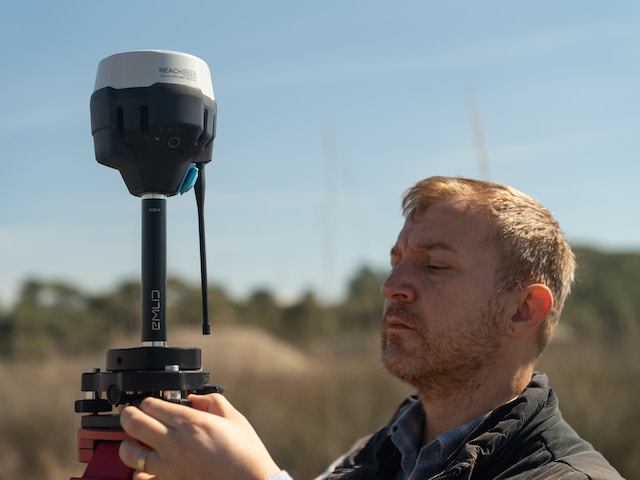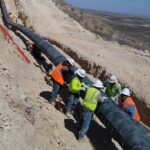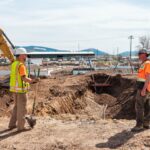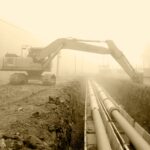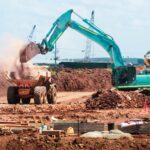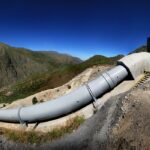For any pipeline operating company, maintaining the integrity of its pipelines is a primary goal of the utmost importance. Pipelines require frequent inspections to prevent blockages and leaks, which can interfere with the flow of materials and even wreak havoc on the surrounding environment – whether that’s the natural world or human life.
Looking forward, the future of the oil and gas industry promises a stricter adherence to environmental policies, such as more frequent maintenance to prevent these leaks. As pipeline management companies move into this new era of pipeline consequence management, many are looking for a cost-effective and reliable way to do this.
Surveys are frequently used as a means to inspect pipelines. There are a multitude of surveys, each with a different purpose. Certain surveys may only be conducted on certain pipelines, and it can be difficult to know when and where a specific survey may garner the best results.
It’s important to choose a reliable and experienced surveying company to ensure you are getting the most out of your surveying efforts.
One such survey is called a pipeline current mapping (PCM) survey. These are often employed to identify places where the protective coating used on pipelines has worn off. Surveyors are able to use a myriad of innovative tools to find and remedy these weak spots.
Surveys are a critical component of the oil and gas industry. Surveys such as pipeline current mapping may be used routinely over the course of a pipeline’s life. This article will detail what pipeline current mapping surveys are, how they work, and how they are beneficial to the natural environment and pipeline companies alike.
What is a Pipeline Current Mapping Survey?
Pipeline current mapping surveys are performed to check the state of a coating on a pipeline and note the areas where it has corroded. Areas that evidence corrosion or disrepair are often especially vulnerable to potential leaks.
The Importance of Pipeline Coatings
Almost all pipelines are protected by a form of coating. Some projects use an epoxy coating while others use a plastic substitute. During construction, these materials are bonded to the steel pipe in order to prevent the metal of the pipeline from corroding.
Older pipelines might not have these protective coatings, but in today’s world, they are often a requirement. Federal and state restrictions around pipeline materials and construction continue to grow stricter, so it’s important to ensure that pipeline coatings are up to par so that your company is in compliance with these regulations.
But that’s not the only reason coatings are important. Besides serving as a buffer against corrosion, coatings can actually improve gas and oil flow throughout a pipeline. These coatings smooth the surface of the pipeline, creating a channel free from any imperceptible bumps that could hamper the flow.
A faster flow makes a pipeline not only more productive but also more energy efficient. That means that operating companies can expend less power than would have been used for compression and pumping.
The Importance of Pipeline Current Mapping Surveys
Coatings can be a great investment when it comes to maintaining a pipeline’s integrity, but they are known to wear down over time. By using specialized devices known as pipeline current mapping (PCM) transmitters and receivers, surveyors are able to detect areas where coating erosion is the greatest.
PCM transmitters work by sending a low-frequency electrical current throughout the pipelines. These currents can travel within the line. An intact coating should be able to contain the electrical current so it cannot be detected outside the line.
Then, above-ground surveyors walk the length of the line with a handheld PCM receiver. These devices are able to identify where the electrical current was able to escape the coating. This signifies defects in the coating in these areas.
Conducting regular PCM surveys is an important piece when it comes to pipeline maintenance and repair. The coatings help pipelines adhere to government standards – but they also increase efficiency (and therefore, revenue) for pipeline operating companies. PCM surveys help guarantee that pipeline coatings are remaining intact and effective.
What is the Process of a Pipeline Current Mapping Survey?
When conducting a pipeline current mapping (PCM) survey, the surveying team must first create a map of the route they will walk. They must be careful to avoid restricted zones and obstacles that could halt the survey.
A PCM survey is not always performed on the entire length of a pipeline. Instead, the pipeline operating company may choose to survey only sections of the line most vulnerable to coating corrosion. Surveyors planning the route must take this into consideration as well.
Once the route is set, the surveyors walk the length of the line they plan to inspect with a PCM receiver. The receivers are able to pick up on the electrical currents issued by the transmitter and store them in a database.
After the initial survey is completed, a team of trained analysts sorts through the data, often with the help of specialized computer programs. They are able to mark exactly where the coating is most corroded and can even note the severity of the corrosion.
This important information is then compiled into a succinct report to be presented to the pipeline management company. Often, pipeline engineers will use this report as a basis to find possible solutions to any problems found during the survey.
How Long Does a Pipeline Current Mapping Survey Generally Take?
From start to finish, a pipeline current mapping (PCM) survey can take anywhere from a few weeks to a few months. Every survey is unique, and the length of time needed to complete it is dependent on many factors.
Of course, one of these factors is the length of the pipeline itself. A longer pipeline will not only require more time in the field, but more time dedicated to analyzing the vast quantities of data collected.
As you plan for a PCM survey, you will need to consider not only the length of the pipeline but also the portion of it that will be surveyed. Remember, not every PCM survey will address the entirety of the pipeline. It might be targeted toward specific areas.
PCM surveys will take longer for larger areas of the pipeline, larger teams working on the survey, and more detailed data analysis. If your PCM survey is only analyzing a small section of your pipeline and is working with a small team to complete limited data analysis, you can expect its duration to fall on the shorter end of the spectrum.
Are Pipeline Current Mapping Surveys Required?
While pipeline current mapping surveys are not legally required in the U.S., they are still a great investment when it comes to maintaining the integrity of a pipeline.
Because they are such an easy and cost-effective way to prevent pipeline-related accidents, many governments around the world, including the U.S., require a litany of other surveys and inspections to guarantee these operations are running as smoothly as possible.
In the United States, PCM surveys are not a requirement as of 2023. But they are an excellent choice for pipeline companies looking to perform routine maintenance and repairs that will extend the life of their pipeline, leading to an increased return on investment (ROI) and less expensive repairs down the line.
Plus, intact pipeline coatings increase the efficiency of pipelines, so conducting PCM surveys regularly can help your pipeline run more smoothly and therefore yield higher production results and revenue for pipeline operating companies. In other words, it’s a win-win scenario.
Why Are Pipeline Current Mapping Surveys Useful?
Pipelines are the backbone of our energy industry. Any pipeline failure could be catastrophic for those reliant on these pipelines, as well as the surrounding environment. It is the job of responsible pipeline operation companies to invest in the durability of their pipelines.
The coating used on certain pipelines is crucial in ensuring this durability. Pipelines with intact coatings last much longer than pipelines lacking them, as they often have an expected lifespan of 50 years past that of an uncoated pipeline. Thus preserving this coating is a primary priority for any pipeline company.
PCM surveys are able to guarantee this preservation in the most cost-effective manner. Additionally, the information gathered during these surveys is indicative of the state of the pipeline as a whole, making it even more valuable.
These surveys allow companies to work proactively in maintaining their pipelines, rather than waiting for an accident to happen. This saves both time and money, as well as preventing the needless destruction of ecosystems caused by a faulty pipeline.
The usefulness of PCM surveys cannot be denied. By performing these surveys, engineers and executives alike are able to make informed decisions to benefit the pipeline in the long term. Presenting the findings of a PCM survey to all pipeline stakeholders helps all of those involved do what is best for both the company and the pipeline itself.
Who is Involved in Pipeline Current Mapping Surveys?
Many people are involved in the process of PCM surveying at every stage along the way. These surveys demand contributions from a variety of people with a variety of different skill sets. Therefore, the teams working on the project must foster a collaborative environment to produce the best results.
The surveying team is critical when it comes to procuring the raw data in PCM surveys. These are the people responsible for handling the fieldwork, operating specialized systems like PCM transmitters and receivers, and recording information. So who will make up the team?
Surveyors
The surveying team for a PCM survey will usually consist of trained surveyors as well as their apprentices and operational teams. Civil engineers may also be involved at this stage. PCM surveyors must be experienced when it comes to these tasks. Any mistake has the potential to result in unreliable findings.
Data Analysts
Once the data is collected, it needs to be analyzed in order to make meaning of it. Data analysts are the individuals who process the data after is initially collected. They are able to create a report to be used by other stakeholders.
Pipeline Engineers
Pipeline engineers interpret the collected data to find solutions. If the coating or steel in a pipe is especially corroded, they may need to construct a plan to replace it.
Pipeline engineers consist of engineers who have increased specialization in the oil and gas industry. These engineers might have degrees in civil engineering, mechanical engineering, or environmental engineering.
Project Managers
Project managers use the information on the vitality of the pipeline to ensure it is economically viable. PCM surveys allow these people to make smart business decisions.
Project managers will also help with the process of presenting the data collected through the survey to all stakeholders of the pipeline project.
FAQs
What is pipeline current mapping?
Pipeline current mapping is when an electrical current is used to detect a defect in the coating of a pipeline. Any defect in the protective coating can be disastrous if gone untreated, resulting in flow inefficiencies and even pipeline failure.
What is a pipeline current mapper?
Pipeline current mappers are technologies developed specifically for PCM surveys. These systems send and receive the electrical currents necessary to detect defects in pipeline protective coatings.
Pipeline current mapper systems are also referred to as PCM transmitters and receivers. Without these tools, PCM surveys would be impossible to conduct.
What does PCM stand for in oil and gas?
PCM stands for pipeline current mapping. PCM surveys are common in the industry and are conducted frequently to verify pipeline safety by evaluating the status of pipeline coatings.
Final Thoughts
Pipeline current mapping surveys are an innovative way to preserve the integrity of any pipeline. The process requires almost no interference with pipeline operations and is extremely beneficial in both the short and long run.
These surveys are only possible through relatively recent innovations in the field, however. The oil and gas industry encourages constant innovation that makes for a cleaner, better world. AI (artificial intelligence) and other automated technologies will soon be used to make surveying safer and more accessible.
Here at Fenstermaker, we are dedicated to investing in the future. Our team uses only the latest cutting-edge technologies currently revolutionizing the field. Join us as we push ahead, discovering new and creative solutions fit for the 21st century.
